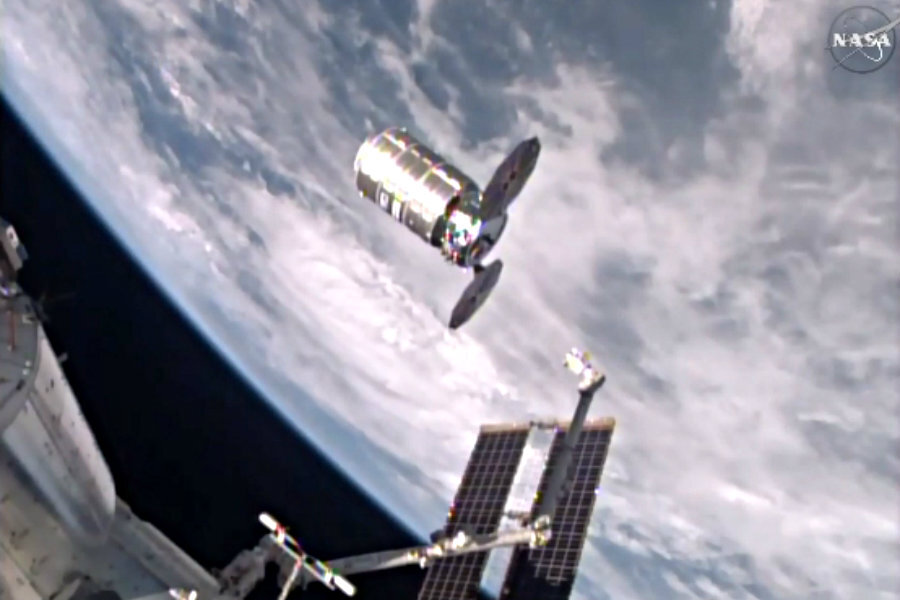18,300 apply for 14 jobs in NASA's Astronaut Corps
Loading...
The National Aeronautics and Space Administration (NASA) closed the application window for its 2017 class of astronauts on Thursday, after some 18,300 applicants submitted their names for just eight to 14 spots.
The extraordinary number of applicants shattered a nearly 40-year-old record: in 1978, NASA received just 8,000 applicants to its astronaut program.
“It’s heartening to know so many people recognize what a great opportunity this is to be part of NASA’s exciting mission,” said Johnson Space Center director of operations Brian Kelly in a press release. “I look forward to meeting the men and women talented enough to rise to the top of what is always a pool of incredible applicants.”
The application window opened in December 2015 for the first time since 2011. NASA promoted the opportunity on social media platforms such as Reddit.
Given NASA's stringent qualifications, the size of the applicant class is astounding. NASA is only looking for American citizens with at least a bachelor’s degree in engineering, biological science, physical science, computer science, or mathematics.
Qualified applicants must also have at least three years of professional experience or one thousand or more hours of flight time. Due to the physically demanding nature of the astronaut program, applicants must also pass a physical exam.
Applicants who don't meet these requirements will be eliminated first, and then reviewers will winnow through the remaining applications to determine who can be classed as "highly qualified."
Only the 400 to 600 applicants who are "most qualified" will have their references checked. Of those, about 120 will come to Houston for in-person interviews, orientation, and medical screening in early 2017.
Those are the usual numbers; this year's enormous applicant pool could change things, reported the New York Times. “We’ve never gotten 18,000 applications,” said Anne Roemer, the NASA official in charge of the selection process, “so I don’t know if that number may need to move up this time.”
After the dozen or so new astronauts are selected, they will have to undergo rigorous training at the Johnson Spaceflight Center in Houston, Texas. There, newly minted astronauts will be trained in teamwork, spacewalking, spacecraft systems, and the Russian language.
After two years of training, the new astronauts will be assigned to either the International Space Station, NASA’s Orion craft, Boeing’s CST-100 Starliner, or SpaceX’s Crew Dragon.
NASA’s first class of astronauts was selected in a very different fashion. In 1959, NASA requested that the military branches send it a list of men with flight experience and engineering training. The first seven astronauts were all military test pilots.
Today’s astronauts must still meet certain height requirements, between 5'2" and 6'3", the first astronauts had to measure 5'11" or less in order to fit into the cramped Mercury capsule.
Within five years, requirements had shifted. NASA began to focus on scientific exploration, and sought applicants with a doctoral degree in a scientific or medical field, or equivalent experience.
Although the qualifications have become slightly less stringent since 1964, the application process remains long and exacting. NASA hopes to announce its next astronaut class by the summer of 2017.
The nation’s newest astronauts may be facing a new frontier when they become fully qualified, as NASA looks towards Mars.
“This next group of American space explorers will inspire the Mars generation to reach for new heights,” said NASA administrator Charles Bolden in a statement, “and help us realize the goal of putting boot prints on the Red Planet.”






